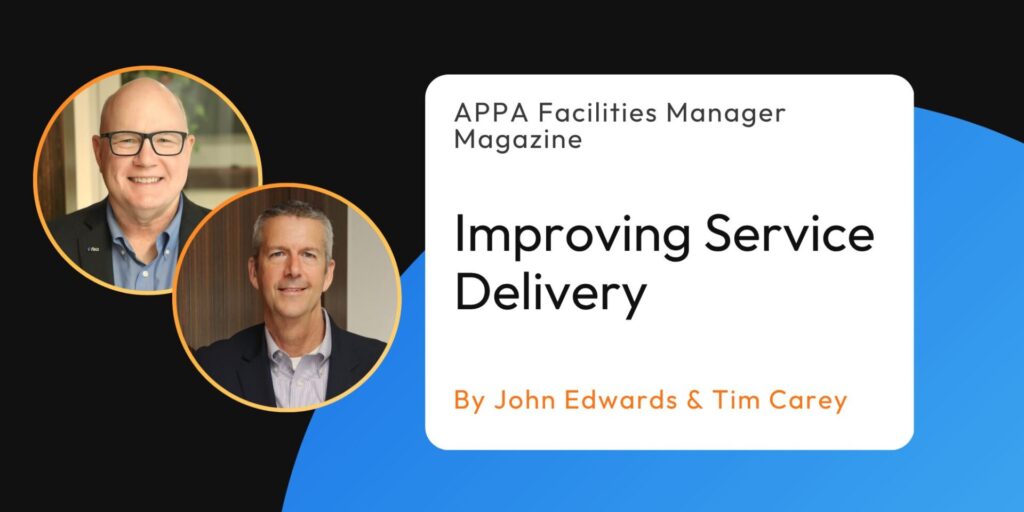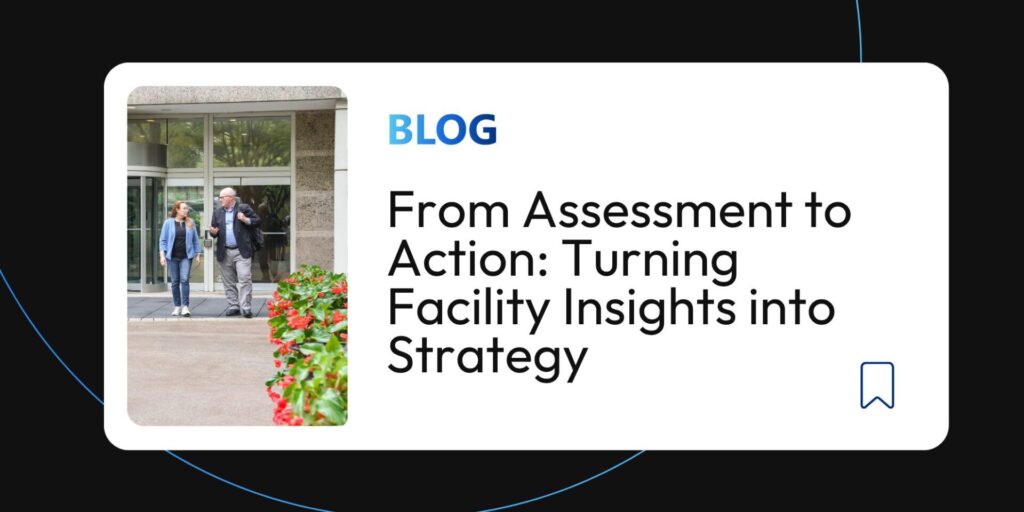Unlocking the Secrets to Optimizing Building Performance: A Recap of Laurie Gilmer and Maureen Roskoski’s IFMA World Workplace Presentation
On Thursday, October 10, Laurie Gilmer and Maureen Roskoski presented a session at the IFMA World Workplace conference titled “Unlocking the Secrets to Better Building Performance.” The session delved into the world of facilities management, where facility managers are tasked with optimizing building performance while navigating resource constraints, staffing challenges, and the ever-increasing demand for efficiency.
Facility managers today face a multitude of challenges, from limited budgets and staffing shortages to the growing need for advanced technology and programming solutions. Gilmer and Roskoski addressed these challenges head-on, offering strategies and insights to help FM professionals navigate the difficulties of maintaining optimal building performance.
Key Insights from the Session
1. The Importance of a Comprehensive O&M Program
A central theme of the session was the importance of developing a robust Operations and Maintenance (O&M) program. Gilmer and Roskoski emphasized that a comprehensive O&M program is the foundation of any successful facilities management strategy. Such a program goes beyond routine maintenance; it provides a framework for managing building systems, improving operational efficiency, and ensuring long-term performance.
Attendees learned the core components of a well-rounded O&M program, including regular maintenance schedules, performance monitoring, and data-driven decision-making. By taking a proactive approach to maintenance, facility managers can reduce the risk of expensive emergency repairs for optimizing building performance.
2. Optimizing Resources and Overcoming Staffing Challenges
A significant portion of the session was devoted to addressing the challenges that facility managers face in optimizing performance. The session revealed that staffing was the number one challenge for attendees, with 37.8% citing insufficient skill sets and 24.4% identifying inadequate staffing numbers as their top hurdles.
In an environment where resources are tight, ensuring the right number of staff with the right skills is crucial. Gilmer and Roskoski outlined strategies for optimizing staffing, including the importance of aligning staffing levels with the facility’s needs. They introduced the concept of APPA levels of service, which define the service standards an organization should provide, from Level 1 (showpiece facility) to Level 5 (crisis response).
By analyzing service requirements and comparing them against staffing levels, facilities managers can identify gaps in service delivery and better allocate resources. By defining the appropriate levels of service for their facilities, facility managers can analyze staffing needs, and align staffing numbers for optimizing building performance. This approach helps improve staffing efficiency and service delivery, even with limited resources.
3. Maximizing Resources Through Strategic Prioritization
The reality of working within constrained budgets requires facility managers to be strategic about how they allocate resources. Gilmer and Roskoski provided practical advice on how to prioritize tasks effectively, making the most out of limited resources. This includes focusing on high-impact areas and leveraging technology to streamline operations.
It’s important to use data-driven decision-making, where building management systems (BMS) and other technologies can help FM professionals track performance metrics, identify inefficiencies, and prioritize maintenance tasks based on urgency and importance.
4. Preventive Maintenance: Proactive Solutions for Longevity and Cost Savings
Preventive maintenance was another critical topic covered in the session. A regular preventive maintenance schedule not only extends the life of building systems but also helps avoid costly emergency repairs that can strain limited budgets. By addressing small issues early, facility managers can prevent larger, more expensive problems down the line, ultimately saving time and money.
5. Navigating Safety and Compliance
With the ever-increasing demands for safety and regulatory compliance, safety and compliance should be more than just a checklist—they must be integrated into the building’s daily operations. Facility managers must stay informed about industry regulations and develop systems to ensure ongoing compliance while maintaining high standards for occupant safety.
6. Enhancing Energy Efficiency
As sustainability continues to be a key priority in facilities management, it’s important to focus on energy efficiency. Gilmer and Roskoski discussed strategies for reducing energy consumption, lowering operational costs, and improving environmental sustainability. They provided practical tips on optimizing HVAC systems, using smart technology to monitor energy use, and upgrading building systems to enhance energy efficiency. These strategies not only help reduce operating costs but also contribute to a facility’s overall sustainability goals.
The Road Ahead for Facility Managers
The “Unlocking the Secrets to Better Building Performance” session offered attendees a wealth of knowledge and actionable insights to improve the performance of their facilities. A successful O&M program, effective resource allocation, preventive maintenance, safety, compliance, and energy efficiency are all critical components of a high-performing building.
With staffing and resource optimization being top concerns for many facility managers, the session provided valuable strategies for overcoming these challenges. By defining service levels, aligning staffing needs with organizational goals, and leveraging data and technology, FM professionals can drive greater efficiency and service delivery—even in the face of budget constraints.
FEA can help you in optimizing building performance. Reach out to us if you need help with your facility management program at info@feapc.com.





